MISSION TO MOON
OVERVIEW
The 20th century is the revolutionary century for space exploration. All space agencies tries to send their mission to moon to win the space race. The Moon also known as Luna is the natural satellite which orbit around the earth. Its gravity is 1.62 m/s² and the orbital distance is 384,402 km. The Moon is one of those space objects which can be seen by human naked eyes. And it’s also the closest natural satellite to earth. Moon is an easy approachable place and it can explore many space secrets especially planetary systems. Today, Our space technology is advanced then ever before. If any Space Agency explore the lunar surface or send its first Man Mission to moon before others; it may can win the Space race.
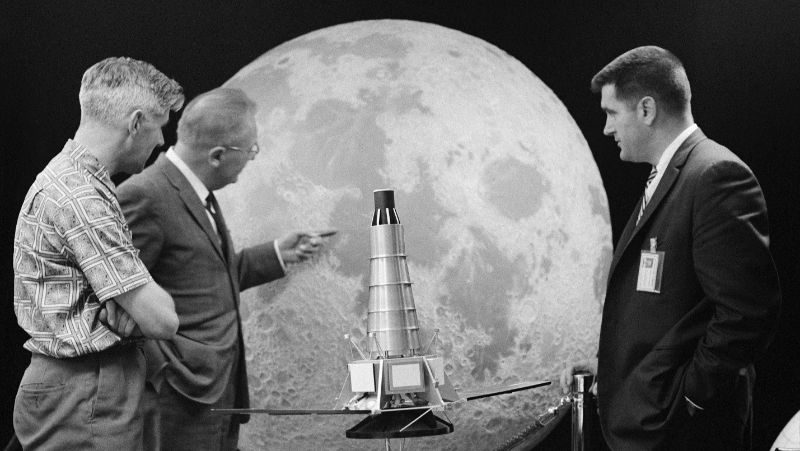
After the Second World War the race of becoming superpower starts between America and Soviet Union (Russia). In 1959 OKB-1(Soviet Space Agency) sent the two successful mission Luna 2 and Luna 3 to moon. Luna 3 sent the first far side image of moon surface back to earth. Yuri Gagarin a Soviet astronaut was the first man stepping into space.
On 12th April 1961, his capsule Vostok 1 completed one orbit around the earth. It seems that soon Soviet Union is going to lead over Space.
But the United States of America never wanted to accept its downfall in Space Race. Moreover Soviet Union also thinking about to sending his first Man Mission to the Moon. So NASA decided to increase his efforts to approaching moon and win the title of sending his first man on the moon surface.
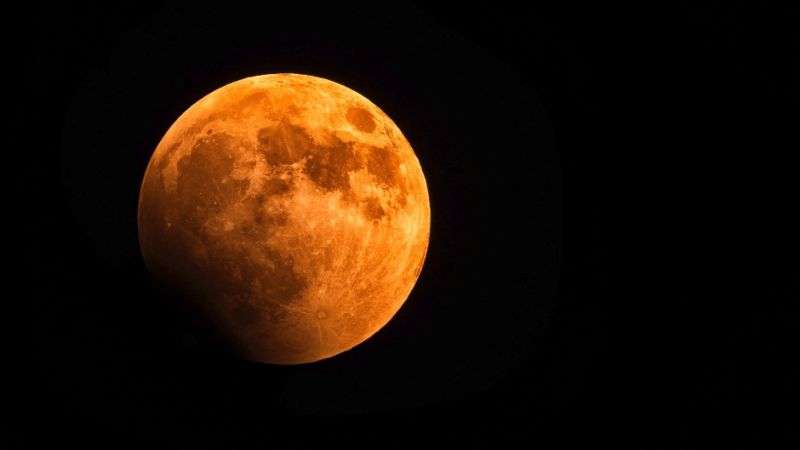
Few Successful Mission to Moon
Ranger 7: NASA’s First Earth to Moon Mission
Ranger was the NASA’s first successful mission sent to the moon. It’s not only explore new information about the moon but also break the chain of NASA’s failure. Before this NASA’s sent 12 missions to explore space and moon but they all failed. The basic purpose of Ranger 7 is to high resolution picture of lunar surface before its impacting. Ranger 7 launched on July 28, 1964. On July.
It precisely reached to its target on July 31, 1964 and sent 4,308 images back to earth in 15 minutes before its impact. These images contains stunning details of lunar surface and opens the new ways of exploring moon.
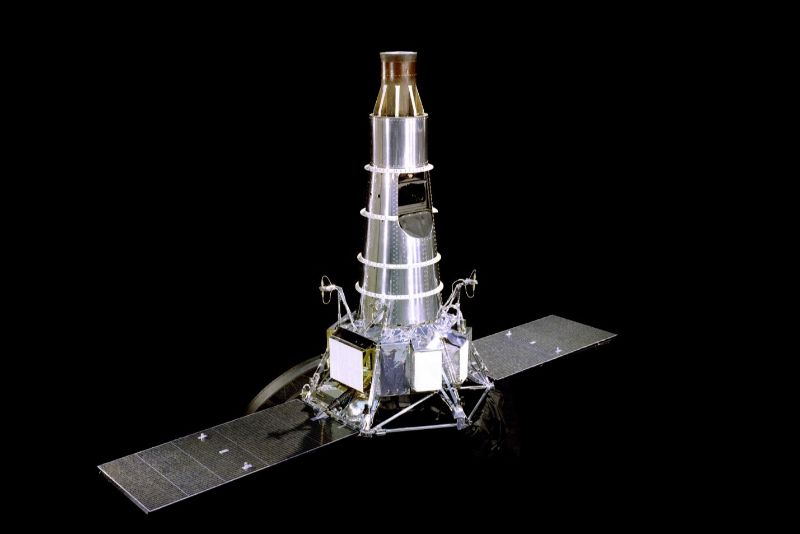
Zond 3: Soviet Space Program
Zond 3 was a soviet space program which was initially design for a complete flyby of Mars late 1964. But its trajectory changes because it was not prepared on time. In 1965 Soviet engineers diverted the mission for a flyby of moon. Zond 3 launched on July 18, 1965 and its basic purpose to test its system during flyby and take photograph far side of the moon. Zond 3 approaches the moon in only 33 hours flight.
Its imaging mission began on 20 July, 1965 and completed in 68 minutes at distance of 11,600 km from the lunar surface. Zond 3 takes 25 visual and 3 ultraviolet images during its flyby.
On July 29, 1965 these picture successfully sent back to the earth and its closest approach was 9,220 km from the lunar surface. Last contact with Zond 3 was somehow in early March 1966 when the spacecraft was 153.5 million km away from earth. Zond 3 was a successful Soviet program and also explain success course correction using both solar and stellar alignment.
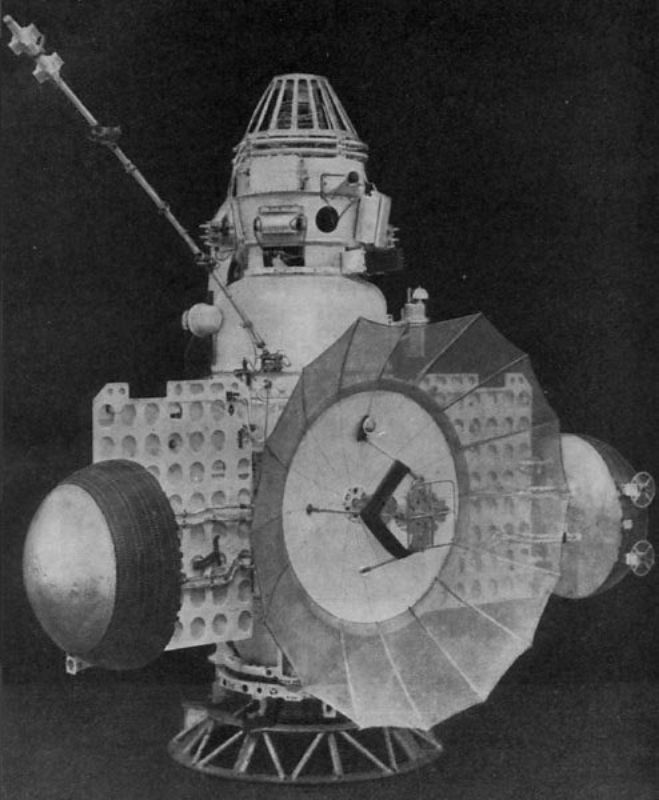
Luna 13
Luna 13 was launched on 21 December 1966. Lunar 13 was a manufactured by Lavochkin (Soviet Space Agency).The basic purpose of this mission is to make a soft landing on lunar surface and characterize the lunar surface. Its make a rough but survivable landing in the region of Ocean Procellarum (Ocean of Storm). Luna 13 is the 2nd successful mission of Soviet Union which make the soft landing on lunar surface. At different sun angels Luna 13 takes 5 panoramic images of landscape and send it back to earth.
It also measured soil’s physical and mechanical properties and the radiation characteristics of the lunar surface. After landing it’s one of the two camera failed but other working camera still providing good images. The contact with the mission failed on 28 December, 1966 because the on board batteries were exhausted.
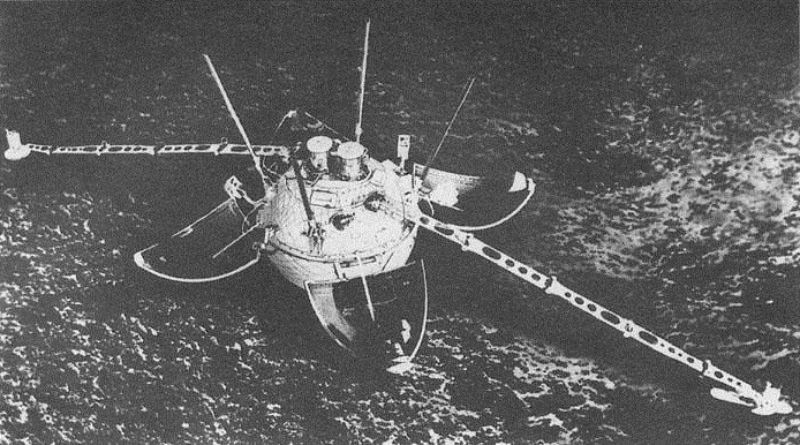
Apollo 8 ( A Mission to Moon )
Was one of the most dangerous mission of NASA’s Space Exploration history. Apollo 8 was the NASA’s first crewed mission to the moon. Most of the peoples knows about Apollo 11 mission (Fist crew mission land on Moon) but few of them knows about Apollo 8. After Apollo 7 failed during testing, its really important to about its failure. One of main issue which was founded is the turbulence in thrust of jet engine. Finally engineers design special circular part which can eject thrust from different portion and remove continuous vibration in thrust.
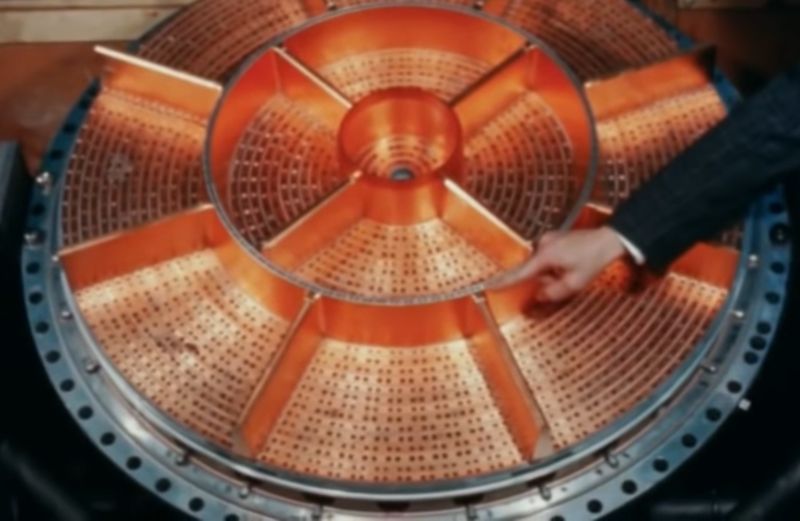
Success
After the successful test of Apollo 8 Spacecraft three astronauts Frank Borman, James Lovell, and William Anders were selected for this mission. They are the first human to fly towards moon and also the witness of earth-rise.
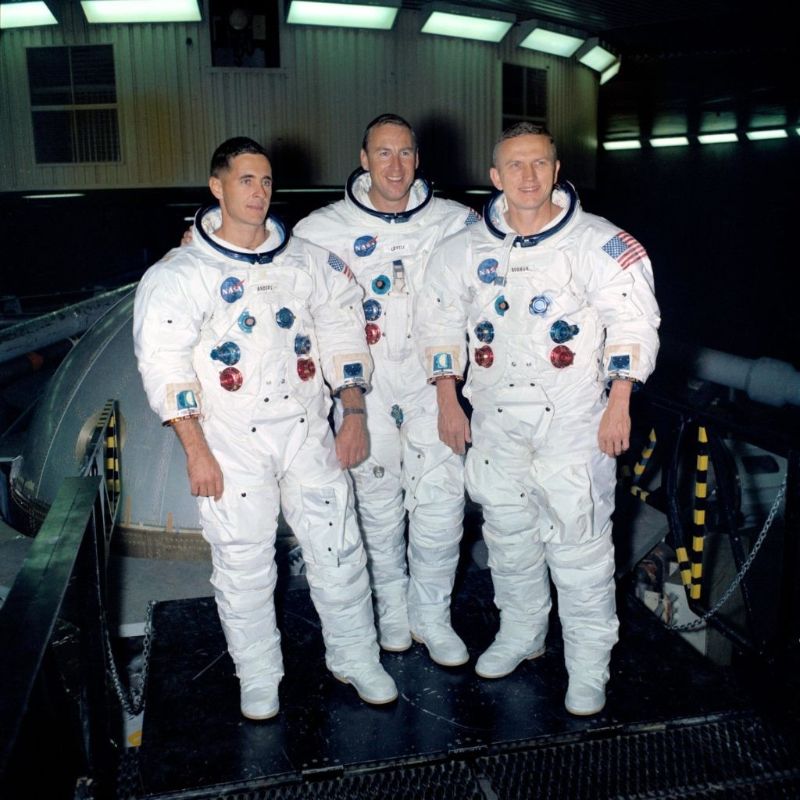
Apollo 8 was a well-planned mission including modern computer and advanced navigate system to detect the exact location of spacecraft. Apollo 8 was launched on December 21, 1968 it was the NASA’s second crewed mission and launched on Saturn V rocket. Apollo 8 took almost 3 days to travel to moon and complete 10 orbits around moon in 20 hours.
DISKY
Earth-rise are the photographs of lunar surface and the earth taken by William Anders on December 25, 1968 during flyby through moon. MIT provide a useful device known as DISKY which provides an easier way to give commands to spacecraft such as thrust and turning etc.
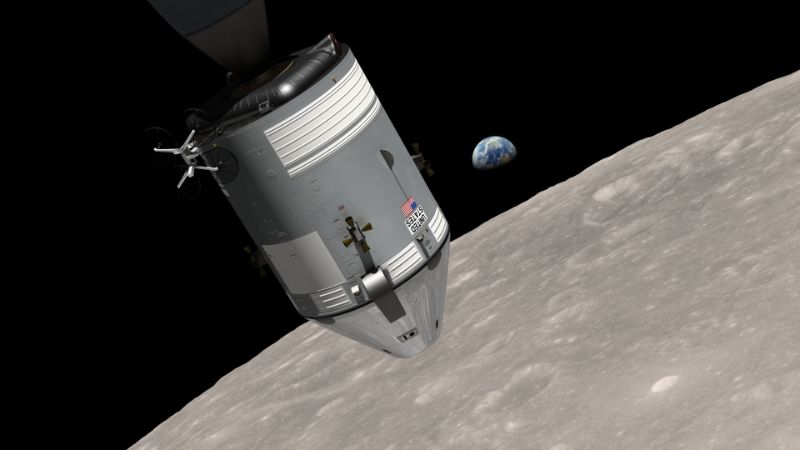
During its flyby around moon its connection lost for 35 minutes when it was behind the moon. Its really important to reduce its speed during flyby. Due to loss of connection with computer system there is nothing to do for mission control, the only thing is to wait. At the right time its computers work perfectly and slow down its speed during flyby.
After 35 minutes mission control received a signal from the crew. All the system was working properly. Millions of watching a live broad cast from the space-craft.
After taking a lot of photos and information Apollo 8 is ready to go back to the earth. Again its engine work properly and upon its return to earth in two and half days. On December 27, 1968 the space-craft enters in earth atmosphere and after 10 minutes its crash down into Pacific Ocean.
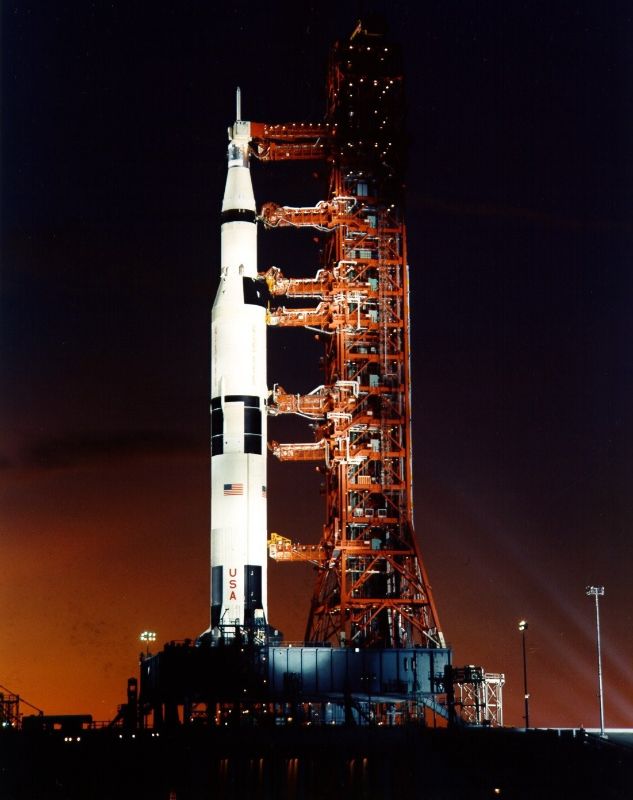
Apollo 11: The Historic Mission of Mankind’s History
On May 25, 1961 the United States President John F. Kennedy set a goal to send a Man mission on Moon. He also said that “The Exploration of Space will go ahead whether we join in it or not”. As CIA inform to NASA that Soviet Union is trying to send its first crew to Moon the NASA changes its plan and starts its preparation for a man mission to moon. Its basic objective to make a perfect crewed landing on lunar surface and return to earth.
Others Objective include exploration by lunar module, live television broad casting and send the signals back to earth, seismic experiment package, deployment of a solar wind composition experiment, Laser Ranging Retro-reflector, sample of moon soil, analyze the environment of moon surface, take high quality photo graphs of moon, analyze its gravity effect and find any signs of water and life on Moon.
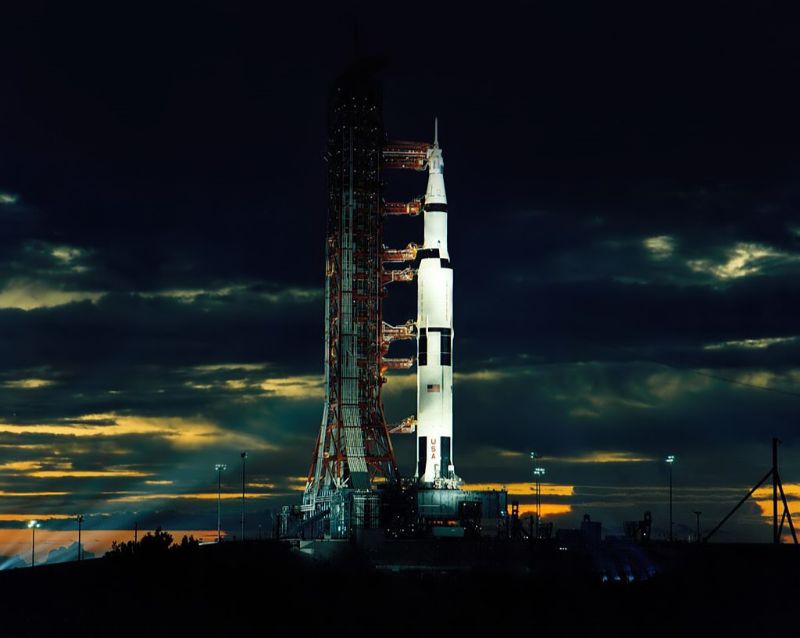
Launch
Apollo 11 launched by Saturn V rocket on July 16, 1969 from Cape Kennedy. Commander Neil Armstrong, Command Module Pilot Michael Collins and Lunar Module Pilot Edwin Buzz Aldrin were the crew member. On July 20, 1969 Commander Neil Armstrong with his crew landed the Apollo Lunar Module Eagle on the surface of moon. Neil Armstrong became the first person to who took his first step on the lunar surface and said
“One small step for a man, one giant leap for mankind”.
After 19 minutes Edwin Buzz Aldrin joined and the spent 21 hour and 36 minutes on the lunar surface.
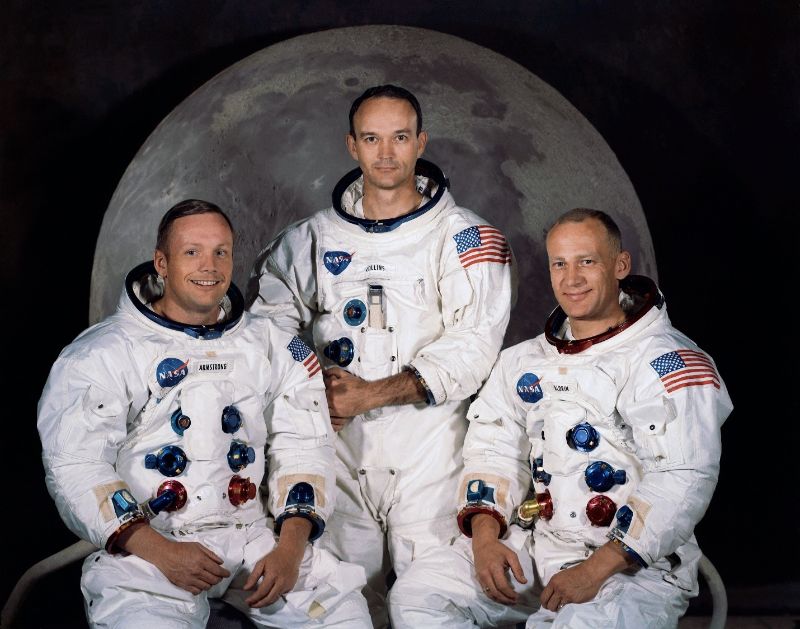
Almost 650 million people watching Neil Armstrong television image and his voice. It was a proud moment for United States of America and its people. His small step on the lunar surface opened the door of future Space exploration. And his fist step win the race of Space Exploration with the Soviet Union.
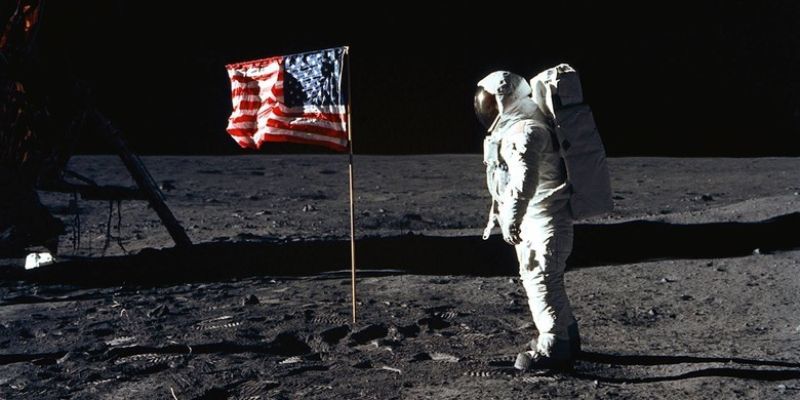
Back to earth
They collect 21.5 kg lunar material to take back to earth. Michael Collins was in command module Columbia alone in the lunar orbit while others two astronauts were on lunar surface. Apollo 11 was a successful mission and collect a lot of information about lunar surface and environment.
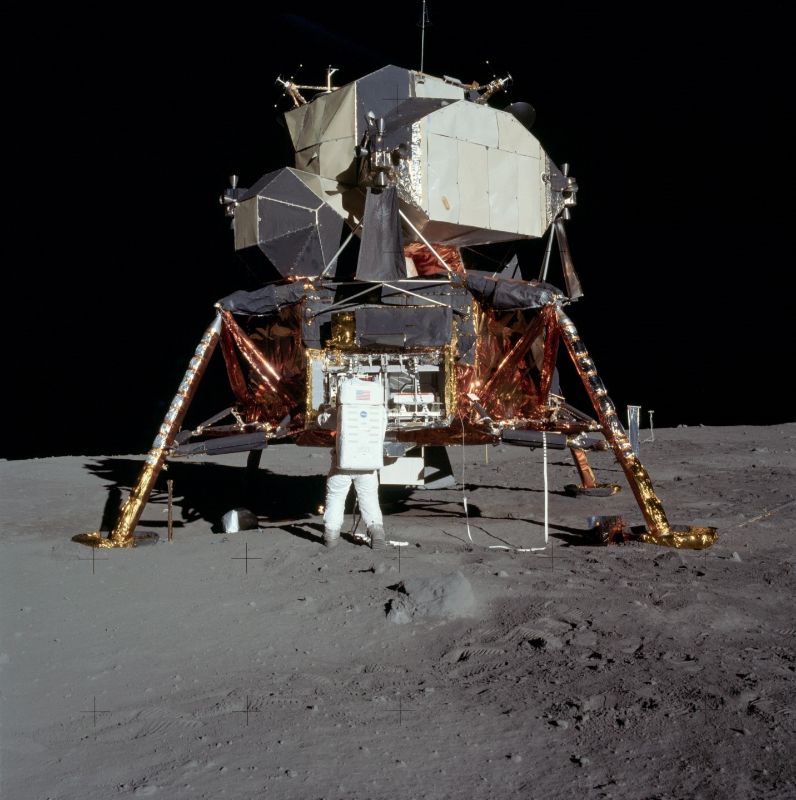
After spending more than 8 days in space the return back to earth on July 24, 1969 and splashed down into Pacific Ocean.
These are one of the few successful mission to Moon. These mission solve many queries regarding space traveling and landing on the other planets. Although many other missions are involving in moon mission but many of the failed due to some technical issue including Spacecraft failed. Recently ISRO tried to send its mission to moon but it’s failed due to some technical issue.
NASA is trying to send a new crew mission known as Artemis to moon in 2024. First time a Women will also be include in this crew. Now a days the journey of Space is becoming more interesting.






















